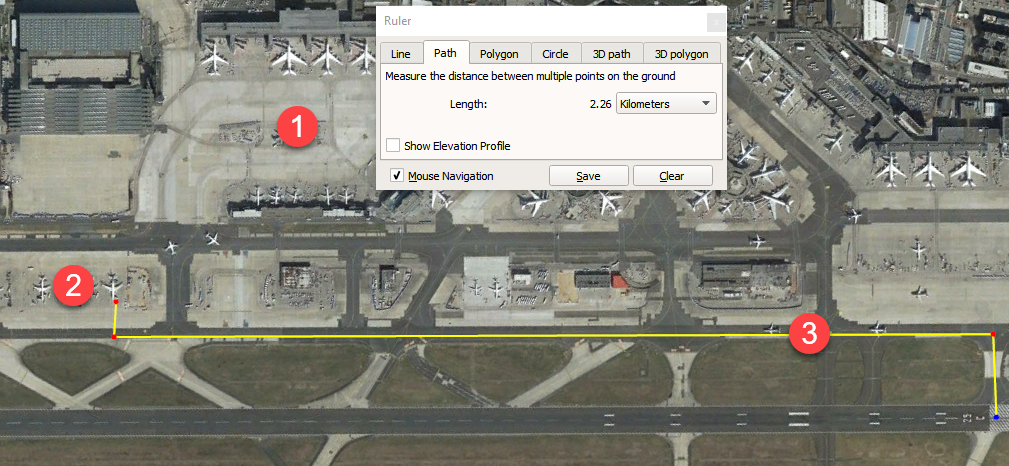Why bus
The typical reason you use a bus to your low-cost carrier (LCC) or regional jet is the cheaper 'remote stands'. But this doesn't mean the stand is necessarily closer to the runway where the planes take off and land.
See: Who decides whether an airline docks at a jetbridge or parks at a remote stand?
Can't be too close
A big area around the runway needs to be clear of tall tail fins, light poles, equipment, etc., as it may affect the navigation equipment near the runway or pose a hazard to landing/departing aircraft.
Example: Why do some airports park the aircraft backwards at the gate?
Queue
An LCC plane won't get ahead in line just because it's parked closer to the runway. If a plane at the terminal pushed back and started its engines before the one at a remote stand, it will typically be ahead by the time the LCC one is ready to go.
Shorter flights also typically use a more congested airspace (they don't fly too high, the flight is short, and it's busy near airports), so there might be a delay in releasing that flight.
Remote stand analogy
I'm not sure which remote stand you typically use, but also in airport design it's fairly common to have the remote stand share the same taxiway (the road planes use to get to the runway) as the terminal.

(Google Earth - FRA)
Think of it like this, there's a road with a mall and its fancy parking on one side (1), and the cheap parking across the road (2). Regardless of where you park, when it's time to reach the highway, cars from the two parking lots will eventually merge (3).
That being said, 15 minutes to taxi to the takeoff position on the runway (not including the time to start the engines and to get the taxi clearance) is actually really good for a major airport such as FRA. Jetliners typically take 90-degree turns at slower than 15 km/h, and 40 km/h is common for straight lines. With a taxi distance of 2.25 km (example shown above), we are looking at a delay of ~12 minutes. FRA handles ~74 movements per hour (takeoffs and landings), assuming they use 3 runways, it's a takeoff every 2.4 minutes on your runway, or like waiting behind 5 other planes.

